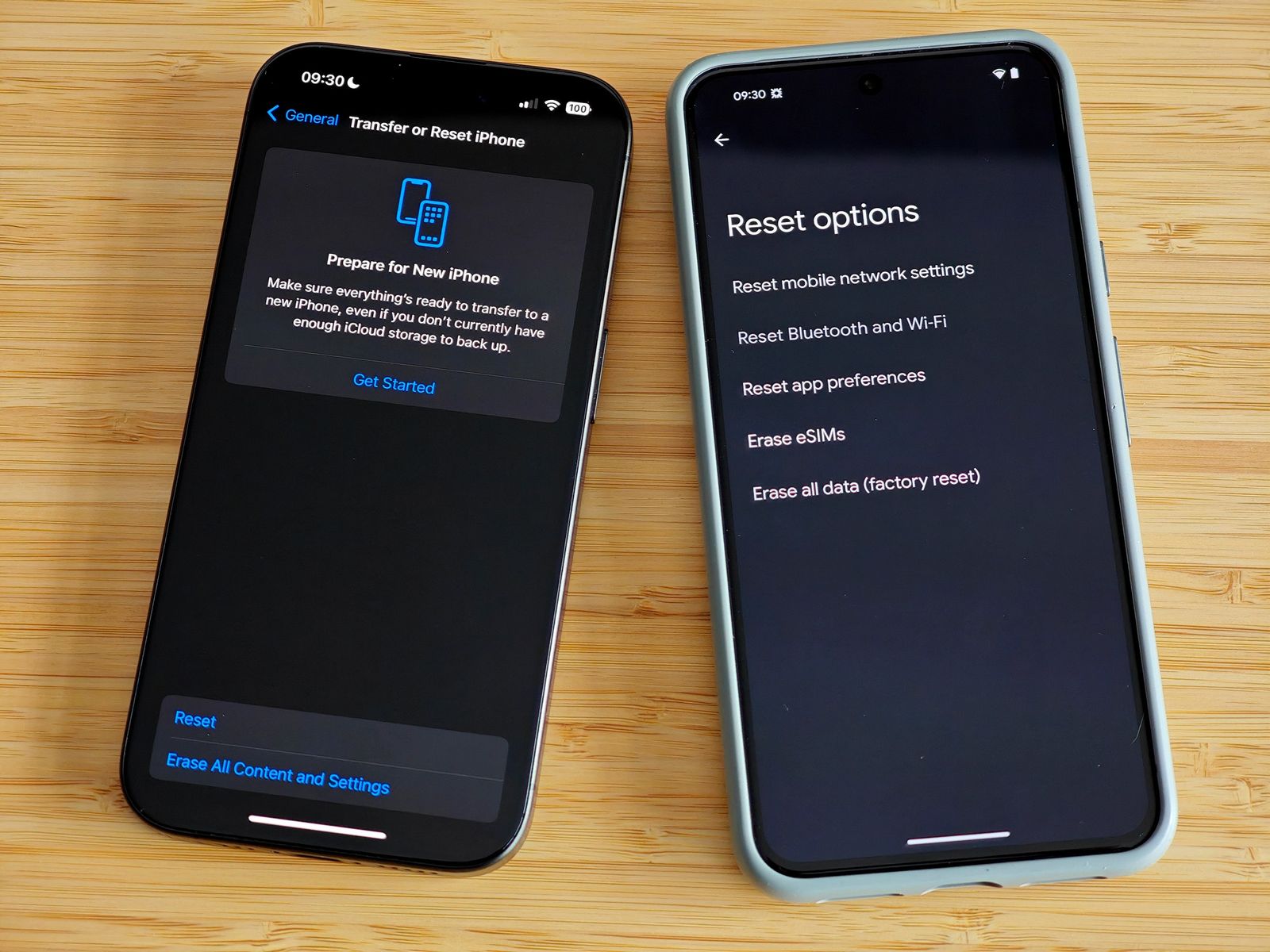
Understanding Syncing Issues
Syncing involves your device connecting to a server to update data in real-time, including emails, contacts, and calendar events. When syncing stops, it can lead to:
- Emails not updating: New emails may not appear.
- Contacts not syncing: Changes to your contact list may not reflect across devices.
- Calendar events not updating: Meetings and appointments may not sync correctly.
Common Causes of Syncing Issues
- Internet Connection Issues: A stable internet connection is crucial for syncing. Without it, syncing won't occur.
- Account Settings: Incorrect or outdated settings can prevent syncing.
- Device Software Issues: Outdated or corrupted software can cause problems.
- App-Specific Issues: Some apps may have bugs or compatibility issues.
- Hardware Problems: Rarely, hardware issues like a faulty SIM card or malfunctioning antenna can cause connectivity problems.
Basic Troubleshooting Steps
Check Internet Connection
Ensure your device has a stable internet connection:
- Open a Browser: Try loading a website. If it doesn’t load, there’s a problem with your internet connection.
- Check Wi-Fi or Mobile Data: Ensure Wi-Fi is enabled and connected, or check mobile data settings to see if you have an active data plan.
Verify Account Settings
Incorrect or outdated account settings can prevent syncing:
- Open Settings App: Go to your device's Settings app.
- Users & Accounts: Tap on "Users & Accounts" or "Accounts."
- Select Account: Choose the account you want to sync.
- Check Sync Settings: Ensure auto-sync is turned on.
- Update Password: If you've changed your password recently, update it on your device.
Update Device Software
Outdated or corrupted software can cause syncing problems:
- Open Settings App: Go to your device's Settings app.
- System: Tap on "System."
- Software Update: Tap on "Software Update."
- Check for Updates: Follow on-screen instructions to download and install updates if available.
Clear Cache and Data
Cached data can interfere with syncing:
- Open Settings App: Go to your device's Settings app.
- Apps: Tap on "Apps."
- Select App: Choose the app you want to clear cache and data for.
- Storage & Cache: Tap on "Storage & Cache."
- Clear Cache and Data: Tap on "Clear Cache" and then "Clear Data."
Advanced Troubleshooting Steps
Manually Sync Your Account
Manually syncing your account can resolve issues:
- Open Settings App: Go to your device's Settings app.
- Users & Accounts: Tap on "Users & Accounts" or "Accounts."
- Select Account: Choose the account you want to sync.
- Account Sync: Tap on "Account Sync."
- Sync Now: Tap on "More" and select "Sync Now."
Change Date & Time Settings
Incorrect date and time settings can prevent syncing:
- Open Settings App: Go to your device's Settings app.
- System: Tap on "System."
- Date & Time: Tap on "Date & Time."
- Set Time Automatically: Turn off "Set time automatically" and "Set time zone automatically."
- Manually Change Date & Time: Change the date and time so both are wrong.
- Revert Changes: Go back to the Home screen, open Settings again, and change the date and time back to the correct settings.
- Turn On Automatic Settings: Turn on "Set time automatically" and "Set time zone automatically."
Force Sync Using Phone App
Forcing a sync using the Phone app can resolve connectivity issues:
- Open Phone App: Open your Phone app.
- Keypad: Tap on the Keypad.
- Dial Code: Dial ## CHECKIN ## (##2432546##).
- Notification: You should see a notification that says "Checkin succeeded."
Additional Solutions
Remove and Re-add Account
Removing and re-adding your account can resolve syncing issues:
- Open Settings App: Go to your device's Settings app.
- Accounts: Tap on "Accounts."
- Add Account: Tap on "Add Account."
- Choose Account Type: Choose the type of account you want to add.
- Follow On-Screen Instructions: Follow the on-screen instructions to add the account.
Clear Cached Data for Contacts
Cached data for contacts can interfere with syncing:
- Open Contacts App: Open your Contacts app.
- Menu: Tap on the Menu button.
- Settings: Tap on "Settings."
- Export Contacts: Tap on "Export" and save your contacts to a location like Google Drive.
- Clear Cache: Go to your device's Settings app, tap on "Storage," then tap on "Other apps," and clear the cache for the Contacts app.
- Restore Contacts: Go back to the Contacts app, tap on the Menu button, and then tap on "Import." Select the .vcf file you exported earlier.
Final Tips
- Regularly Update Device Software: Keeping software up-to-date can prevent many syncing issues.
- Clear Cache Regularly: Clearing cache regularly can help prevent app-specific issues.
- Check for Hardware Problems: In rare cases, hardware problems like a faulty SIM card or malfunctioning antenna can cause connectivity issues. If you suspect a hardware problem, contact your device manufacturer or visit a service center.
By following these tips and troubleshooting steps, you can ensure your Android device remains in sync with your accounts and services, making it easier to manage your digital life seamlessly.
